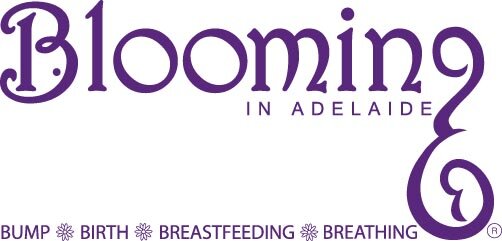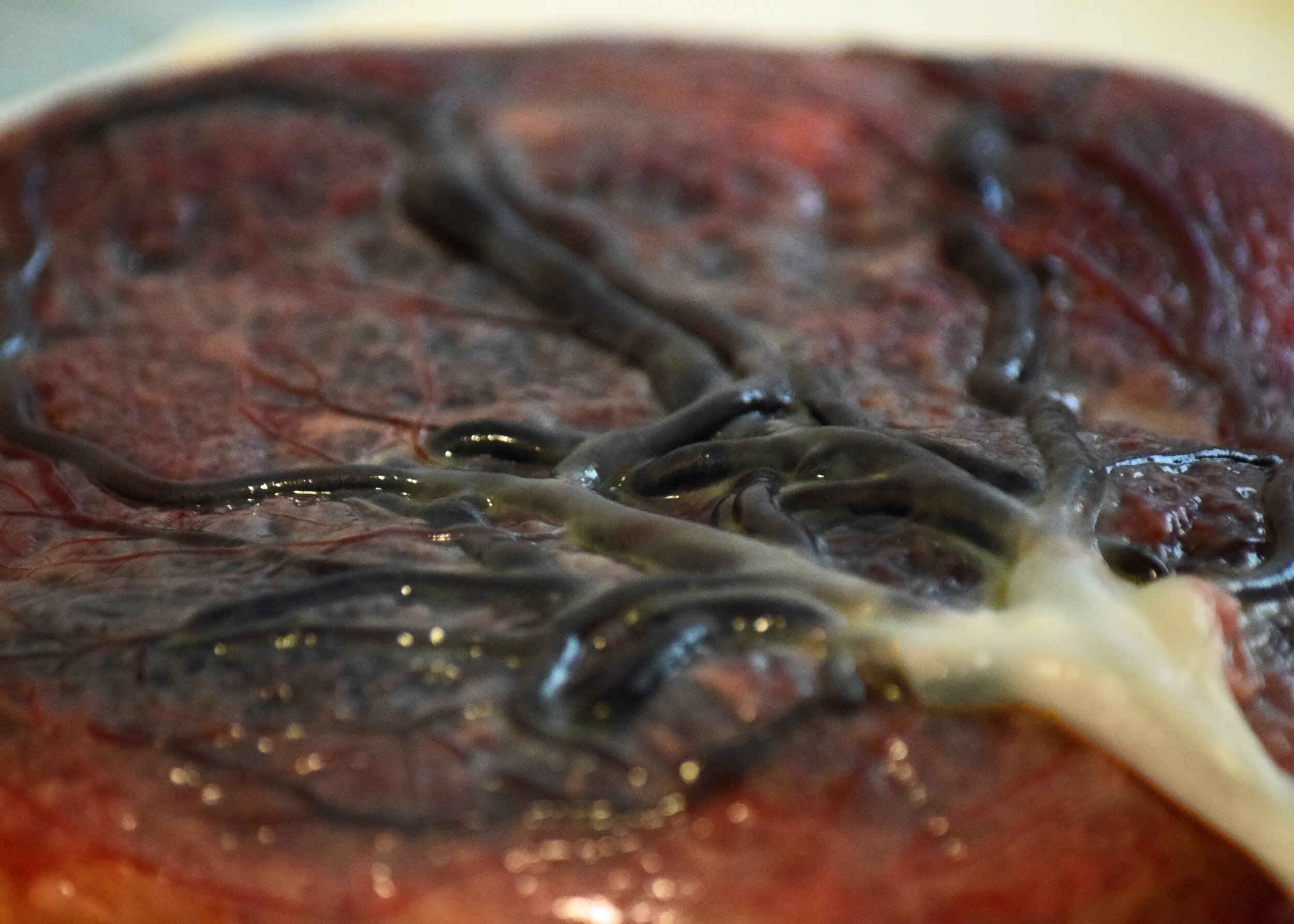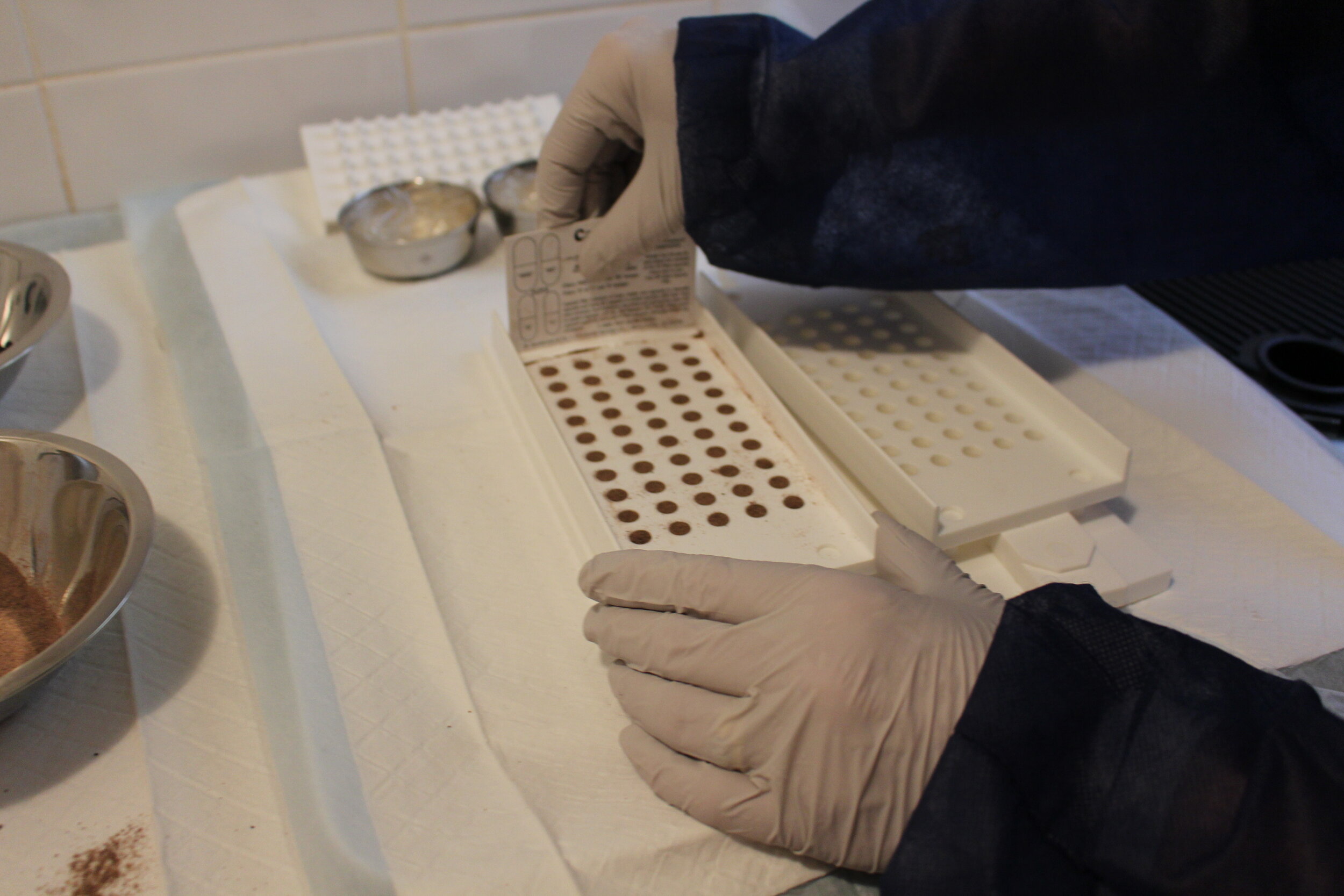Commonly Asked Questions
How is the Placenta Encapsulated?
The placenta is gently steamed, using a centuries-old, tried and tested method known as Traditional Method warming herbs may be used in the steaming water that also acts as an antibacterial. The placenta is then dehydrated, ground, and placed into empty vegetable capsules.
This is a simple, safe, and natural way to restore what has been lost during pregnancy and birth. Unless requested, we generally only use vegetable capsules, as these are suitable for all mothers, who may be vegan or vegetarians. The placenta capsules are also soy and gluten-free.
Research has shown the encapsulating using TM significantly increases the amount of iron in the placenta capsules!! As a new mother, what if you could avoid the early postnatal hormonal fluctuations, by taking a capsule made from your baby’s placenta!
Can you give me more information on the Vegetable Capsules please?
Sure. The Vegetable capsules the placenta is encaspulated in are made from Hypromellose Cellulose (HPMC), derived from trees as well as being low moisture content, physically stable over a wide temperature and humidity ranges, preservative-free, allergen-free, soy-free, starch-free, gluten-free and kosher and Halal Certified.
Why should I have a professional encapsulate my placenta, surely, I can do it myself?
In a nutshell, you only have one opportunity to undertake placenta encapsulation. If the placenta is not processed thoroughly, this could lead to the new mother, becoming unwell (gut infection), losing valuable nutrients, namely iron and B12, by over-cooking the placenta.
Having the correct tools and equipment readily available to undertake the process. Freeing the new mother up, spent during the encapsulation process, thus enabling you time to bond with your new baby.
Anyone can read an online tutorial about how to dry out placenta strips in an oven as this service grows, how we meet the demand matters!
I choose to train with APPA, as I care about maintaining standards that promote the best protocols and sanitation practices for placenta encapsulation so that I can serve my clients in the safest way possible.
I have met APPA’s stringent guidelines for the safest placenta preparation and have agreed to APPA’s standards & ethics for practice.
Transporting your placenta is considered a food source; it is conveyed to our dedicated placenta workspace at the correct temperature (5°C or colder) as specified by Food Standards Australia.
In our dedicated placenta workspace, all surfaces and equipment are sanitised, rigorous personal hygiene and Blood Borne Pathogens protocols are adhered to.
The equipment we use fits one of two categories:
single-use and disposed of after use; and
repeat use (e.g. electric dehydrator and stainless-steel steamer) is scrubbed clean using hot soapy water and sanitised with hospital grade bleach.
Each placenta is treated with care and respect.
Only one placenta is ever handled at a time. Should another placenta come into our possession, this placenta is placed into our dedicated placenta fridge, until the previous placenta is fully completed.
WHATS INCLUDED IN EACH PACKAGE:
GOLD - $300
Includes:
· Personal pick up of your placenta from your birthplace (within Adelaide metro area)
· Processing of your placenta using the Traditional Method
· Placenta needs to be collected within 12 hours of the birth
· Dried cord keepsake
· Fully prepared tincture and dosage bottles
· Choice of Organic Herbal Balm or Placenta Infused Organic Herbal Balm
· Dosage instructions
· Personal return of your placenta package, to either your home or birthplace within 48 hours of collection.
(within Adelaide metro area)
SILVER - $250
Includes:
· Personal pick up of your placenta from your birthplace (within Adelaide metro area)
· Processing of your placenta using the Traditional Method
· Placenta needs to be collected within 12 hours of the birth
· Dried cord keepsake and dosage guidelines
· Return of your capsules to your home via Australia Post Express Post
BRONZE - $220
Includes:
· You are required to deliver & collect your placenta to our premises at Golden Grove
· Placenta must be kept at 4oC after the birth, by either keeping placenta surrounded by ice or placed in a refrigerator.
. Placenta must be transported in a cooler to our premises, within 24 hours of the birth
· Processing of your placenta using the Traditional Method
· Dried cord keepsake and dosage guidelines
$50 DEPOSIT
· Is required when you book to confirm. A confirmation, receipt and post birth care instructions will be provided via post.








